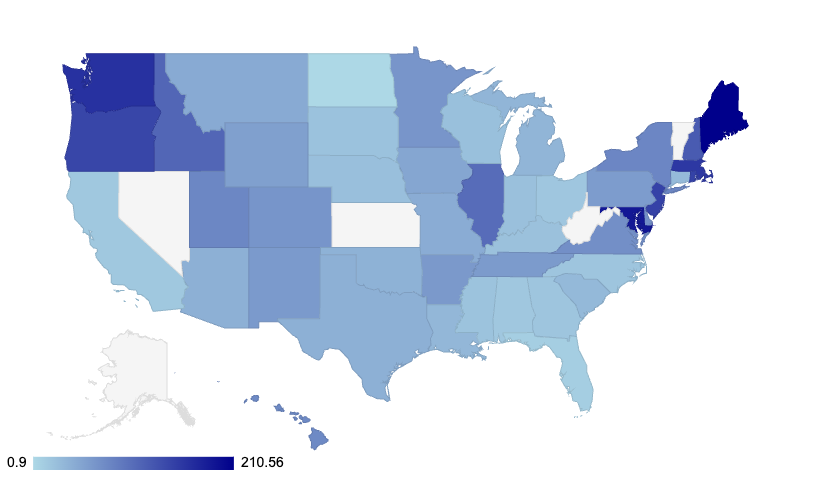3355 Utilities
1268 Programs
1106 Open Programs

Map generated based on 101W High Bay Luminaire
Product Awareness
Helping sales and marketing teams quickly search and compare nationwide utility rebate information by product SKU. Filter rebates by region, access utility-specific target marketing resources, and download incentive coverage maps.
Rebate Finder
The leading rebate solution for your entire catalog of ENERGYSTAR® and DLC® qualified products. Empower your teams and provide essential rebate information for your customers with the Encentiv Rebate Finder. Discover incentives by utility program with easy filtering and sharing options to simplify your proposals. Your Rebate Finder will also be included in the UtilityGenius customer journey, extending customer reach, and increasing brand awareness.
Explore the resources below to learn more about the Encentiv Rebate Finder features and how they can help you reach your business goals
Access Our Unique Features
Encentiv tools were made to be customized to fit your business and help you provide the benefits of incentives during the purchasing process. Whether you are looking to increase traffic and usage, add more customer touch points with rebate data, or tailor your content we have all the resources you need.
Browse our features in the Knowledge Base and then head to the resources below to put them into action.
Empower Your Marketing Team with Encentiv Tools
Rebates work best when you are proactive, so we suggest including them in your day-to-day, from talking to customers to including them in your proposals. This will keep incentives top of mind, remind your customer that you are a trusted expert, and hopefully, create a return customer. Encentiv tools are not only for sales enablement, they are also made to assist marketing teams in strengthening their strategies with rebates.
Check out the sources below for more information or contact our team to help create a rebate marketing strategy tailored to you